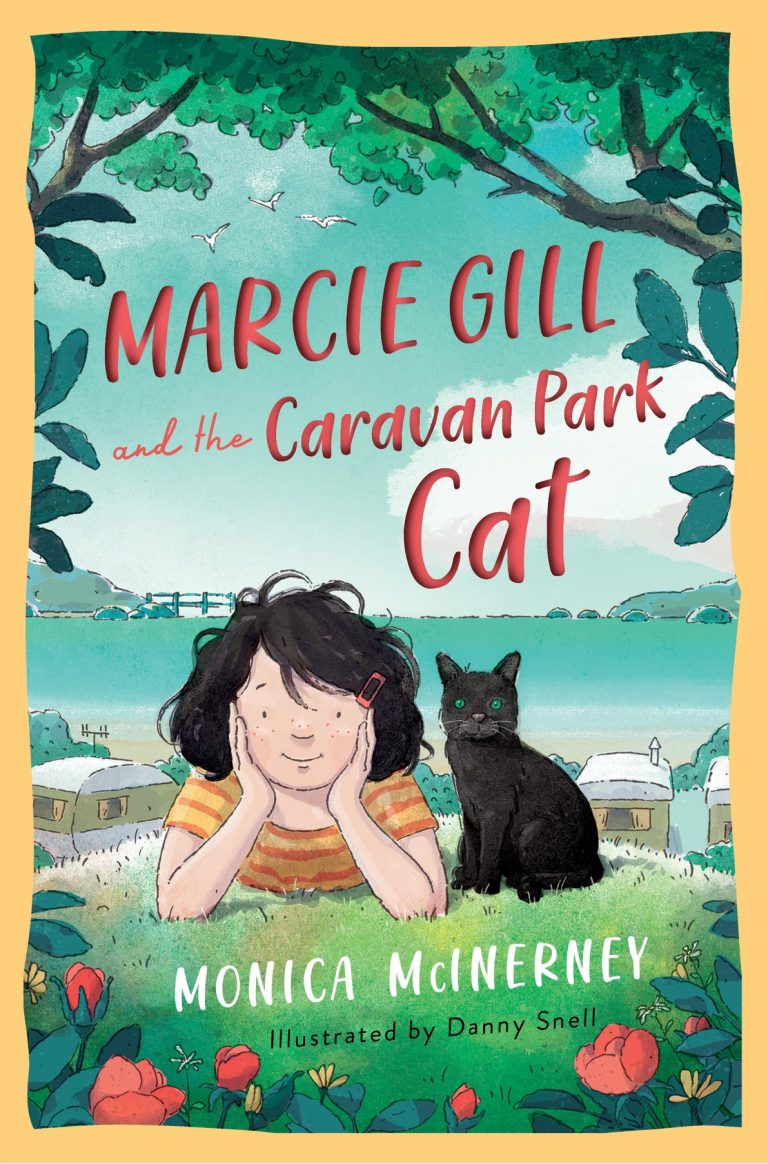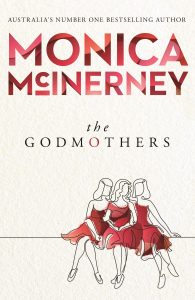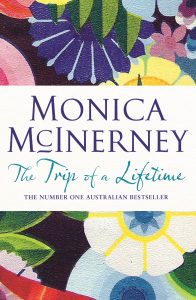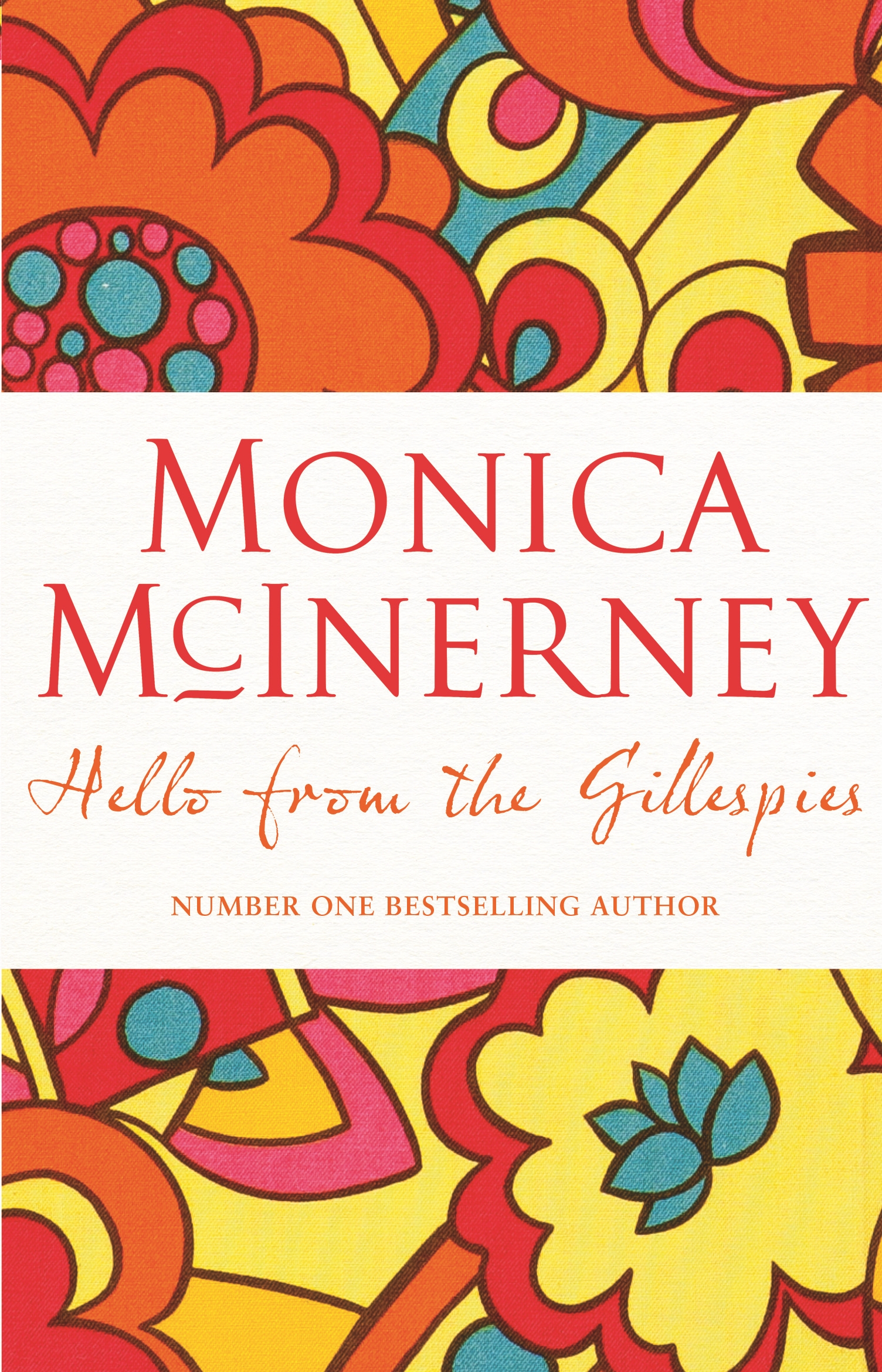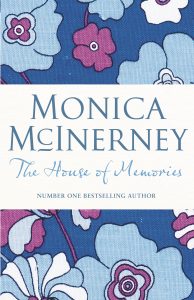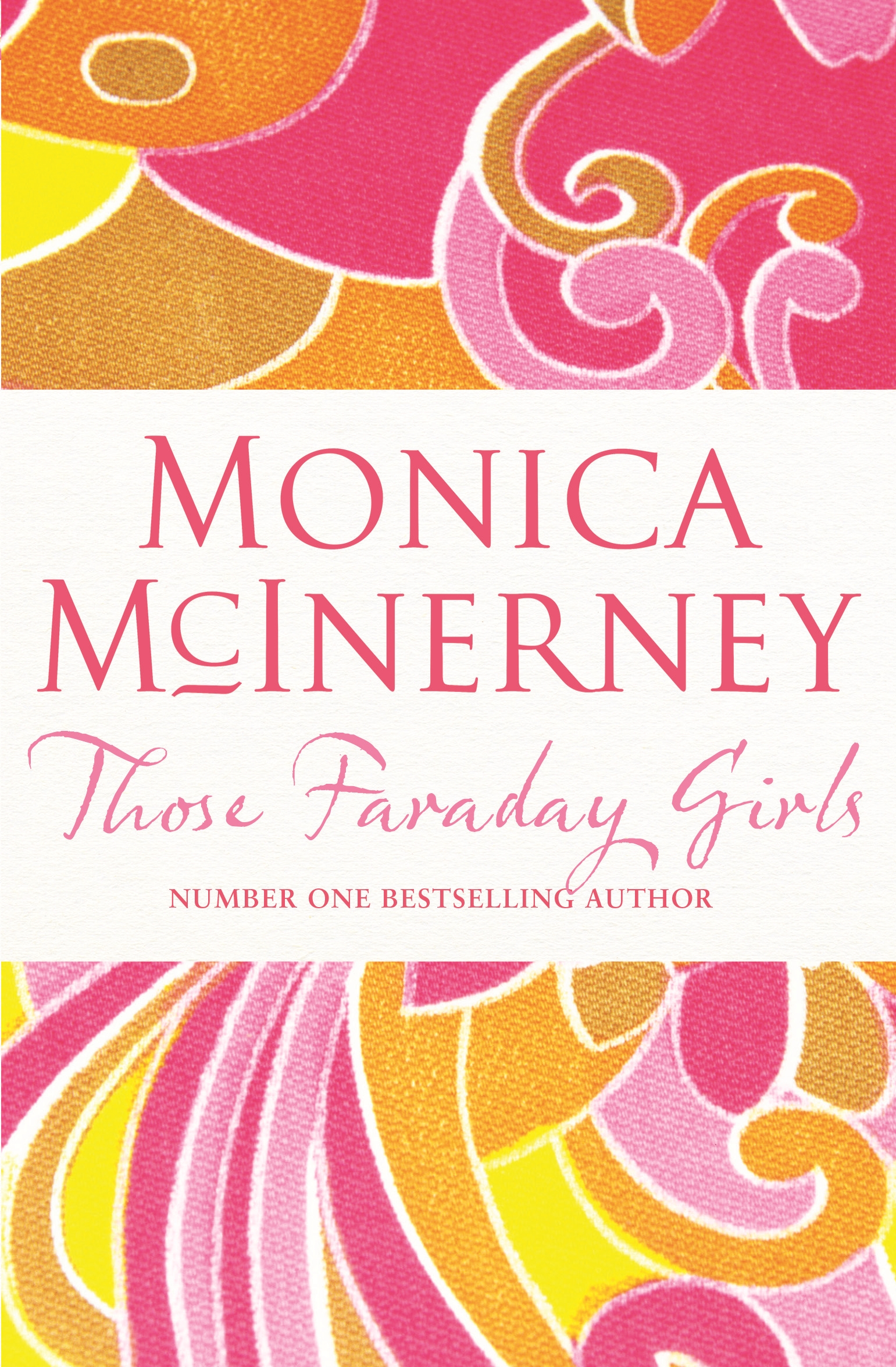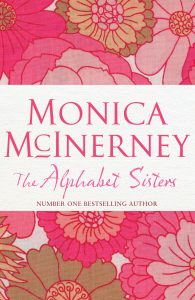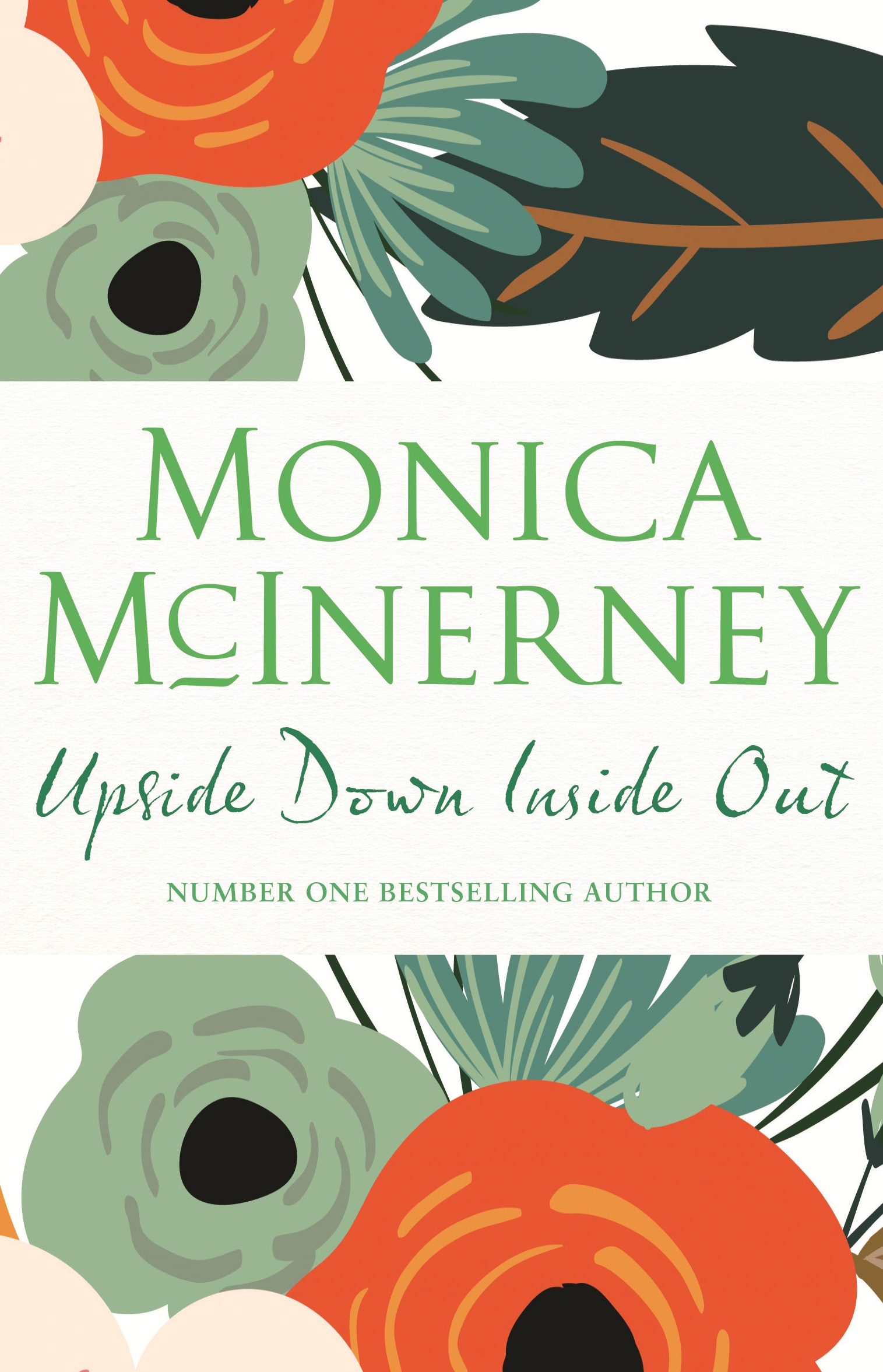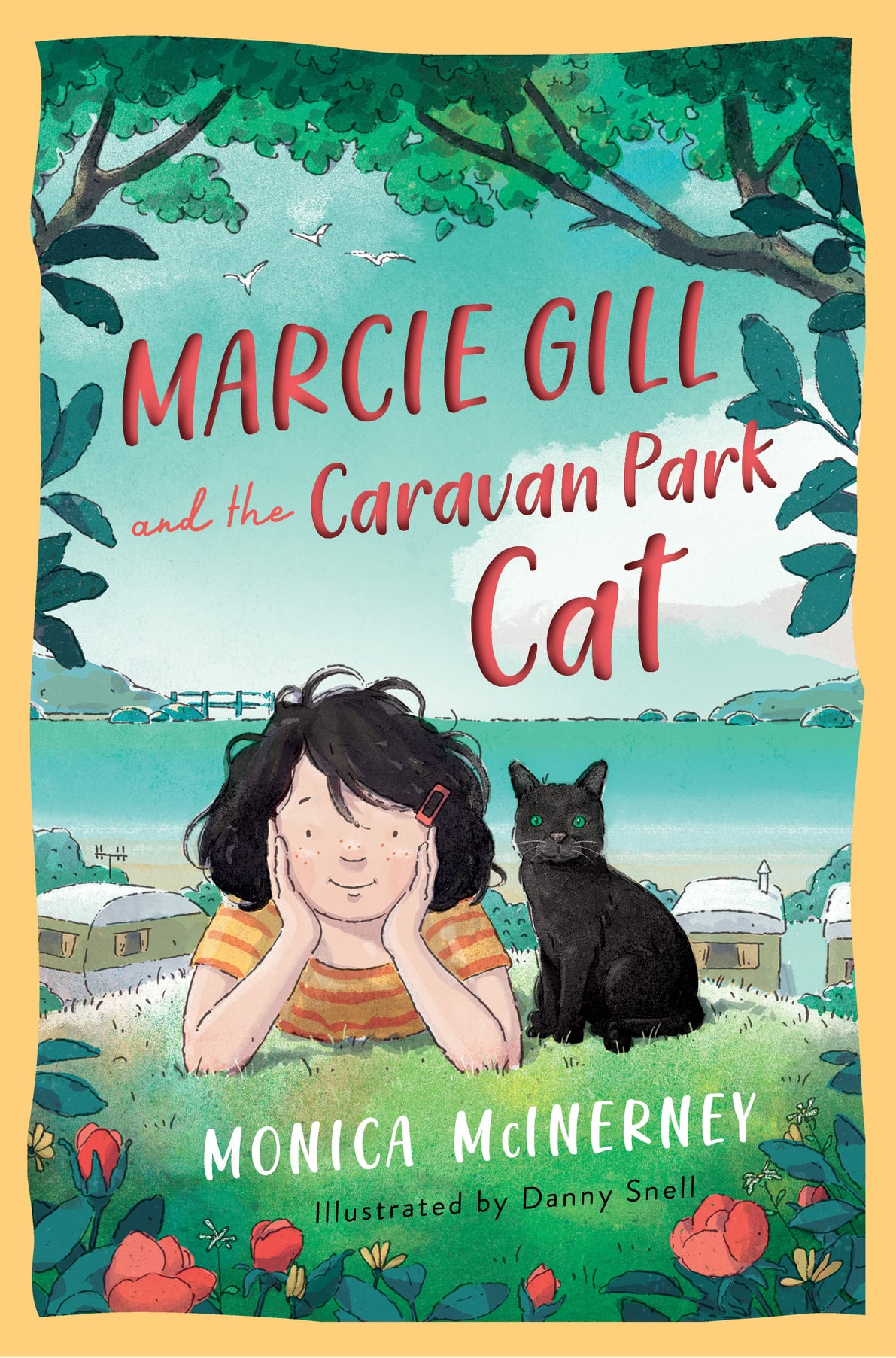The Importance Of Location
As a reader, I love visiting new places via the fiction I read. As a writer I enjoy it just as much. Researching the locations of my books is one of my favourite parts of the writing process. For my novel The House of Memories, for example, I spent many days in London, exploring the streets of Paddington and finding the type of house my characters Ella Fox and her uncle Lucas would live in. For Family Baggage, my husband and I took several driving trips around Cornwall, to map out the exact route my fictional tour group would take in the novel. I spent two weeks in a rented apartment in Greenwich Village, New York to help me imagine Maggie Faraday’s experiences in Those Faraday Girls.
Writing The Trip of a Lifetime was a different process in some ways. In the book, I return to one of my favourite characters, 85-year-old Irishwoman Lola Quinlan, and her adopted home of the Clare Valley of South Australia. I didn’t need to research that part of the world. I was born and grew up in Clare, where my dad was the railway stationmaster. I only need to close my eyes to instantly picture the vineyard-covered hills, the curving roads, the big sky, the small towns and villages. While I was writing Lola’s new story, I often felt like I was living in two places at once. I’d be walking down O’Connell Street, Dublin’s main thoroughfare, while imagining my characters walking down the main street of Clare. The novel begins in early autumn in South Australia, with descriptions of crisp Clare days, of vineyards changing colour from green to red and orange. Outside my Dublin attic office, it was spring time, the first light-green buds appearing on the trees in our city garden.
In the novel, Lola announces the time has come for her to return to Ireland for the first time in 65 years, bringing her much-loved granddaughter Bett and great-granddaughter Ellen with her. In my earlier Lola novels (The Alphabet Sisters and Lola’s Secret) I’d mentioned that she was originally from the county of Kildare in Ireland, without being specific. It was now time to pinpoint her home place.
It’s important to me to be able to fully describe all my locations in my novels: the look, the sound, the smell. So it wasn’t a case of simply taking out a map of Kildare and picking a spot. I don’t drive, but luckily have a patient husband who is always happy to be behind the wheel at this stage of each book. For several days last May – the same month in which the book is set – we set off from our home in Dublin to try to find Lola’s hometown. I could have invented a fictional village, but as Clare is a real place, I wanted her Irish homeplace to be real as well. I had several criteria. I wanted it to be a small village, not a large town. I wanted some areas of it to seem instantly familiar to Lola, even after nearly seven decades away, with a mix of modern and old buildings and landmarks.
It was an instinctive process. Lola feels real to me, so it felt quite normal to say as we drove into different villages in the county, ‘No, she wouldn’t have come from here.’ My husband has long stopped asking me Why, when I make pronouncements like that, nor does he ever remind me that Lola, or any other of my characters, is fictional.
The first trip wasn’t successful. I visited some beautiful parts of the county, learned interesting facts about smaller towns, but I didn’t find ‘my’ village. During a second trip a fortnight later, we explored a different part of Kildare. With the map on my lap, I directed my husband to a small village with an intriguing name, Ballymore Eustace. ‘This is it,’ I said within moments of driving in to it. ‘Lola is from here.’ We drove up and down the quiet streets, past terraced cottages, small shops, several pubs. We parked and walked around for another hour, as I took photos, made notes, listened to the sounds of the village, stood on the footpaths imagining how it might have looked six decades and more before. I called into the local church. I found the local school and learned it had recently moved premises. I saw a fountain at the top of the village, checked the date it had been installed and made a note that it would be new to Lola. Detail on detail, laying my fictional story on top of the real streets and houses and buildings.
I returned home to my attic and desk in Dublin and over the following months, wrote Lola’s homecoming scenes, mixing my fictional story with geographical fact. I write many drafts of each of my books, and after the fifth or sixth draft of Lola’s story, it was time for another journey to Kildare to fill in even more details.
For this third trip, I had a new driver/research assistant: a dear friend of mine, Sarah Duffy, Australian-born to an Irish mother originally from Kildare. Sarah has lived in Kildare for more than thirty years herself and helped me find the other locations I needed in Kildare. Without giving away any spoilers, I needed a ruin of a castle or large house. I needed to describe a large and grand country estate that was now a horse stud. I needed a fancy hotel not too far from Lola’s home village. Over two days, Sarah took me from place to place as I wrote pages of notes and took even more photos, working through my list of locations.
Sarah also introduced me to her aunt Sheila, a remarkable woman of around Lola’s age with an equally remarkable memory of her Kildare childhood. During many hours of conversation, in Sheila’s house and also as we drove around Kildare, Sheila gave me wonderful detail of what life would have been like for Lola as a young woman.
One year later, all those hours of location research are now woven into every page of The Trip of a Lifetime. As you read it, I hope you find your imagination sweeping you off to the Clare Valley in the middle of autumn, and to Ireland in spring time too.
(First appeared on the Better Reading website)
